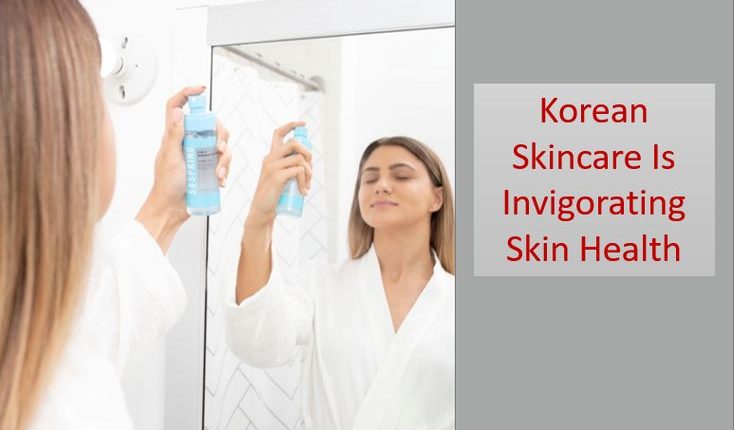How Korean Skincare Is Invigorating Skin Health Across The World
It wasn’t until fairly recently, though, that the products and distinctive routines made a big splash in America.
Beauty trends come and go. A new trend to hit the U.S., however, is unlike the rest in its effectiveness, affordability, and use of natural ingredients. Korean skincare also referred to as K-beauty, has long found success in Korea and internationally.
How Big of a Splash?
In 2021, the U.S. imported an excess of $142.5 million worth of Korean skincare products. The surge in popularity from American, French, and many other markets led to an astounding increase of more than 30% in sales just for that year alone. Below is a brief look into what makes K-beauty stand out from the other skincare creations and regimens in the cosmetic industry.
The approach to healthy skin can look different from place to place, as each country or region holds its own beauty standards, values, and cultural influences. The ingredients and their refinement can also widely vary. In Korea, skincare starts early in life and heavy value is placed on having beautiful, youthful-looking skin attained through daily preventative care. In fact, these routines are seen more as an experience, rather than a mere hygienic practice.
In America, there has been a growing emphasis on “self-care.” This includes incorporating nourishing skincare into regularly caring for mental, emotional, and physical health. Combine this with the fact that younger generations are attracted to more natural, effective ingredients and it’s easy to see why the popularity of these products has increased so drastically.
What Makes Korean Skincare Potentially More Effective?
First, there is a focus on using ingredients found in nature. From green tea extract and rice water to turmeric and hyaluronic acid, there are several ingredients derived from plants and biologically occurring substances. Such components are extensively analyzed and used to continually improve product innovation.
Second, Korean skincare products and routines are highly individualized. There is a vast array of specialized formulas for dry skin, oily skin, or any combination of types. They also come in many forms, each with specific instructions for application. For instance, there are puddings, jelly creams, and the now iconic sheet masks to give new life to traditional skincare.
Last, but certainly not least, K-beauty products differ in their approach to attaining radiant skin. Instead of treating or concealing issues, the concentration is on preventative care and long-term health. This is achieved through multi-step daily routines, some with as many as 12 steps. Many routines emphasize applying thin, light layers of specifically purposed active ingredients in a sequence of cleaning, exfoliating, and moisturizing. The goal is to attain hydrated, invigorated skin with a healthy glow and no need for make-up.
For further information on Korean skincare and a breakdown of a 10-step routine, please see the accompanying resource by SeSpring.
This infographic was created by SeSpring, provider of Korean moisture lock serum mask for face




